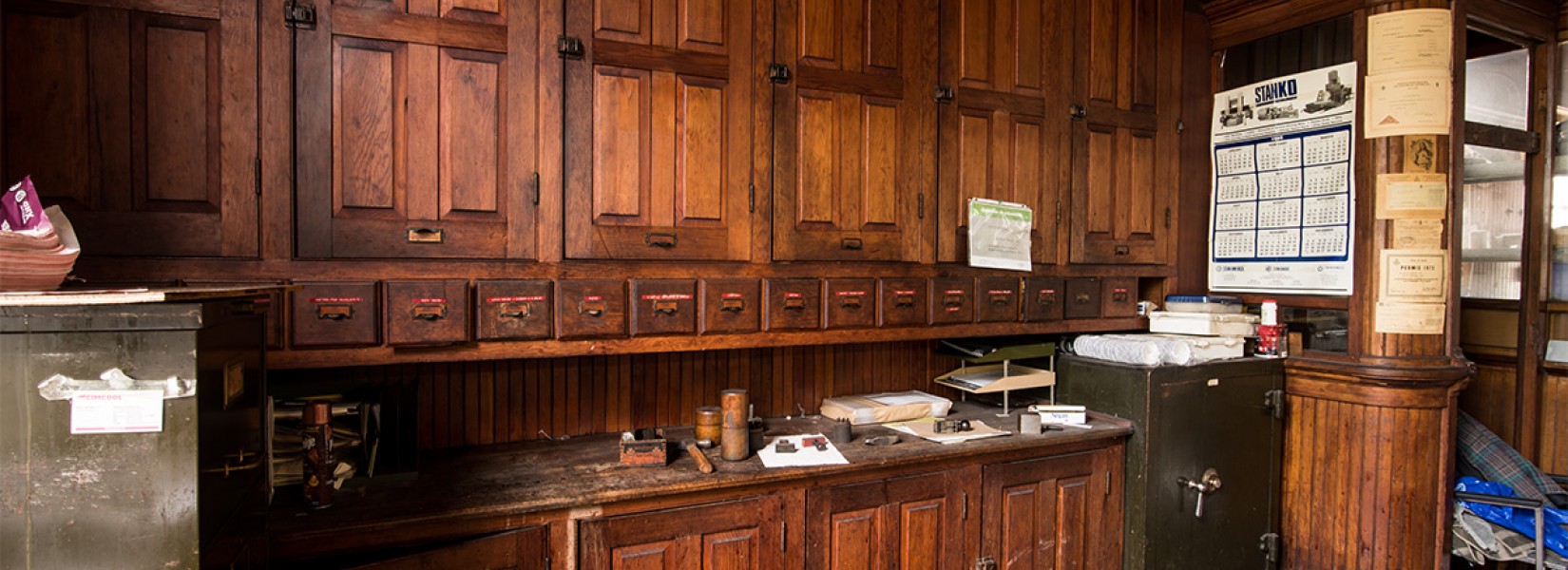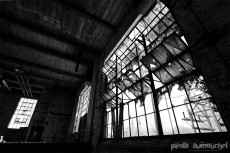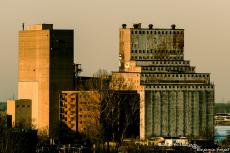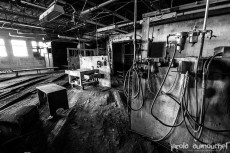It's over 92 years of industrial history that ended in 2004 when the Spexel factory was closed down. The story of this plant start in 1912 when is built the paper mill, which took the name of Howard Smith Paper Mill. Over the following years, the...
The abandoned workshop
The day I've missed the chance to get a new friend
This is the story of the saw manufacturing industry where methods have not changed for decades. The result is this building that has certainly been enlarged over the years, but the interior has retained its old-fashioned charm. You should know that the manufacture of saws requires a mechanical process, but also handcrafted. The expertise of the workers is therefore crucial and above all, a guarantee of quality. On paper, manufacturing is relatively straightforward: take a steel sheet, round cut and then hammered. But in reality, the number of machines required makes its manufacturing a little more complex.
The building is associated with its most important occupant where its adventure start in 1891 with the creation of the company. Built in 1880, the building will be first used by a merchant and shopkeeper in the city. In 1911, the building served as a warehouse which then is bought and converted into a workshop. We will install the pulleys on the ceiling (which are still there today), add a forge (which has since been replaced, but whose remains are still there) and the building will be expanded over the years.
One of the most interesting parts of the workshop is definitively the boss office. On the one side, a glass wall to keep an eye on operations and on the other site, cabinets who looks like a sacristy with an old phone booth in the corner where the boss go for its calls when the noise was too loud in the factory.
In the attic, there is a lot of old stuff like fifty years old typewriters, mussels piled in old wooden boxes and old parts of any kind.
True witness to a century of mechanical production but also small-scale, the building is now listed as cultural heritage. Abandoned for a new, larger and more modern workshop, the building is now on sale, waiting for a new destiny which, hopefully, will not pass through its demolition. Demolition also desired by neighbors who see a fire risk (the entire building is wood) rather than a piece of history of this city.
"If you think it's beautiful, you and I won't be friends" said the neighbour half-comic half-serious ... Unfortunately, my visit has concluded without a new friend!
Related content
Located in the region of Baranja in Croatia, Šećerana is a settlement of 559 inhabitants near Beli Manastir. Today forgotten and half destroyed, the old Baranja Sugar factory has been built in 1898 and became a state company in 1906. Funded with...
Located in the Hochelaga-Maisonneuve neighborhood, the silo # 3 was built in 1923. The architect was John S. Metcalfe who were responsible for the construction of most silos in the Port of Montreal (1, 2, 3, 5). It is thanks to its innovations...
Cynically, we could almost say that the factory is as large as the village in which it is located. You should know that we are far away in the countryside, it that kind of place where everybody know each other by his first name. At first glance,...
































